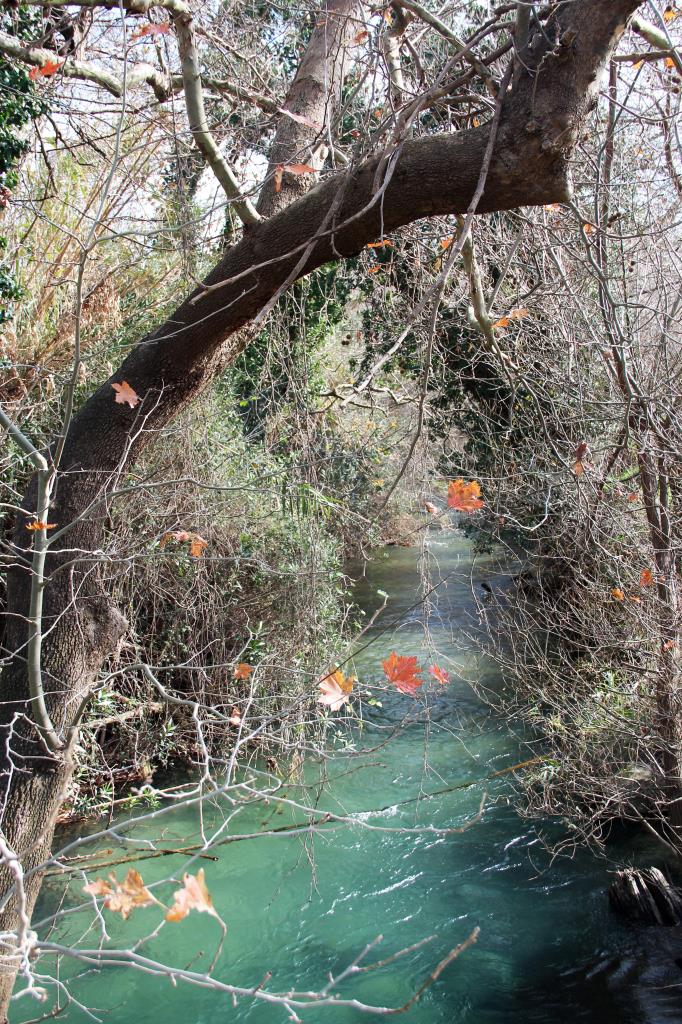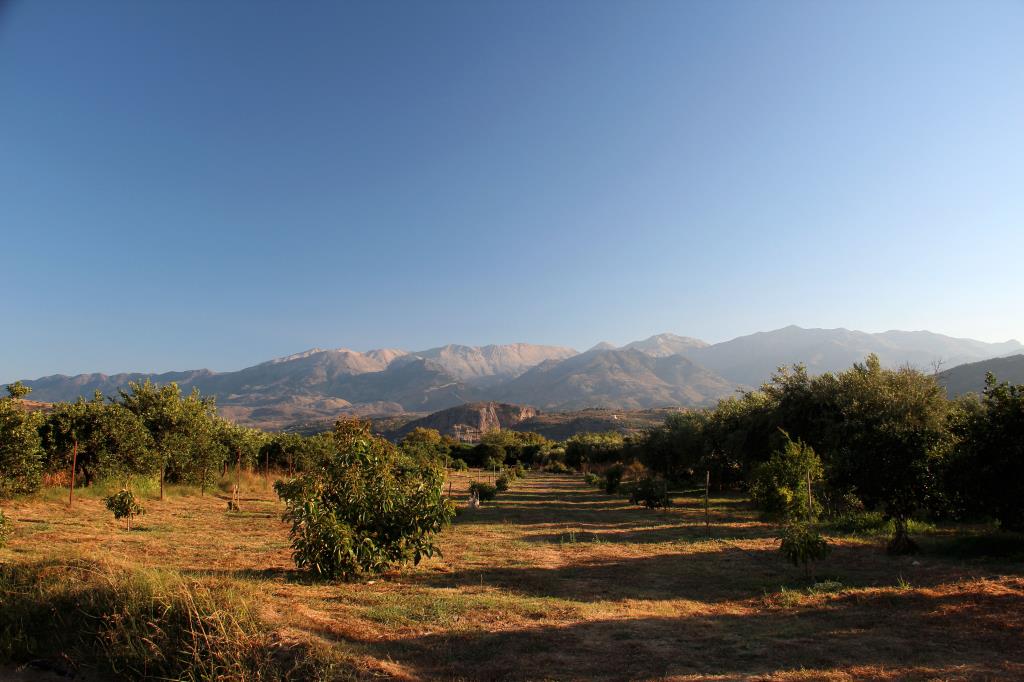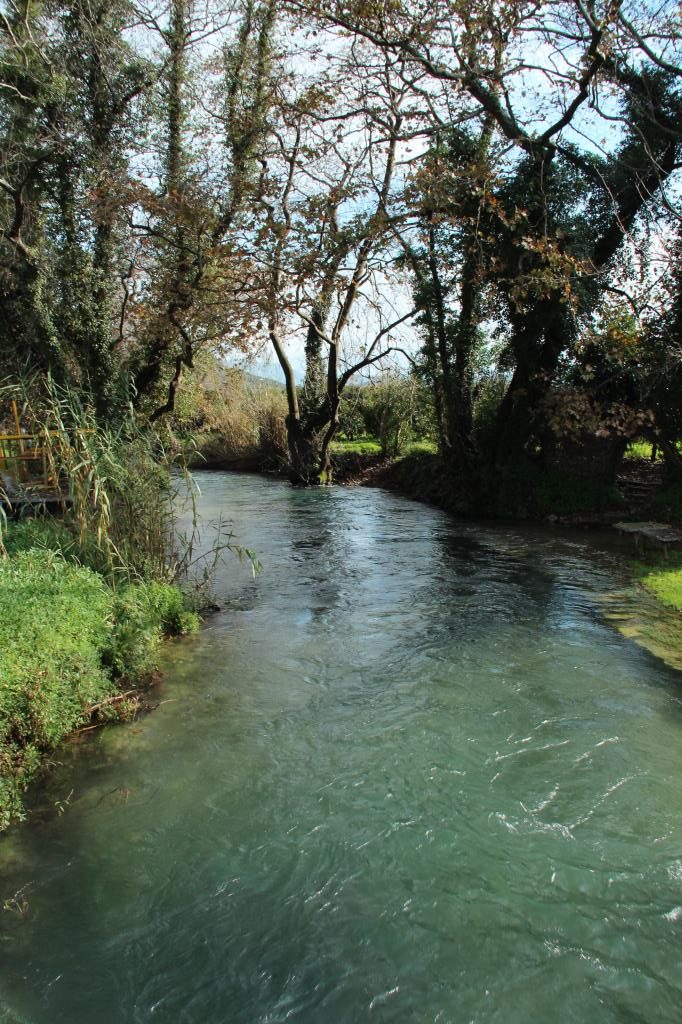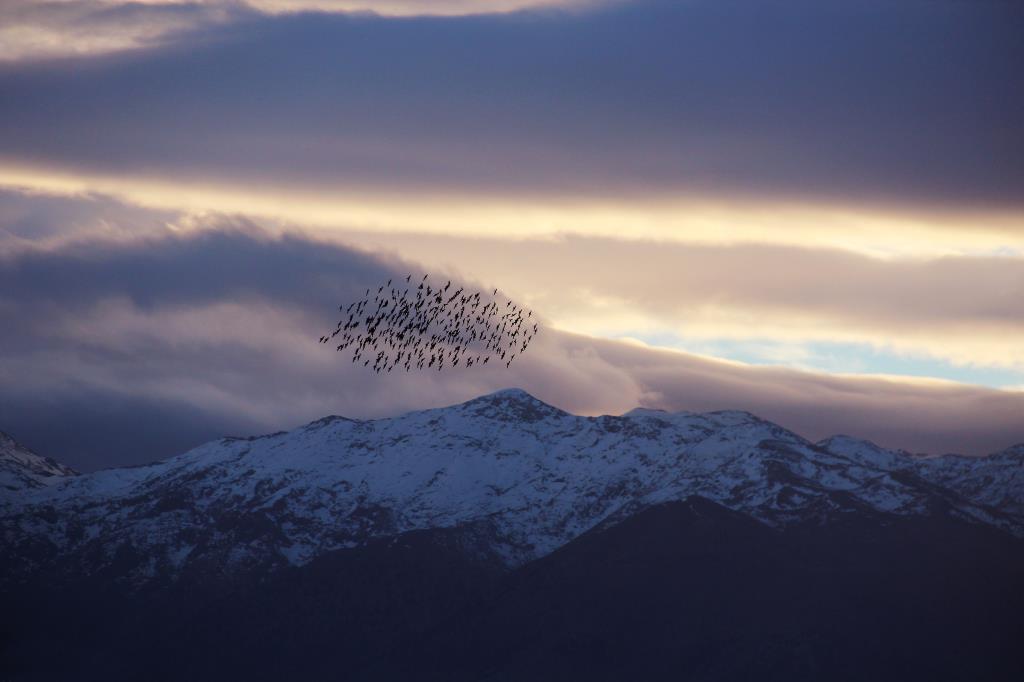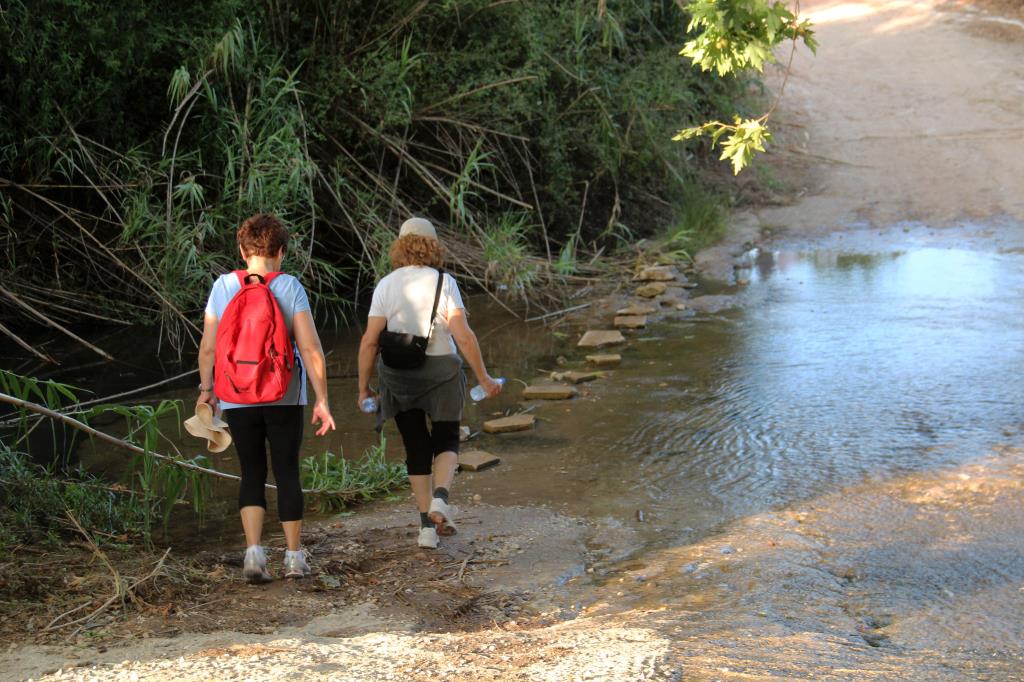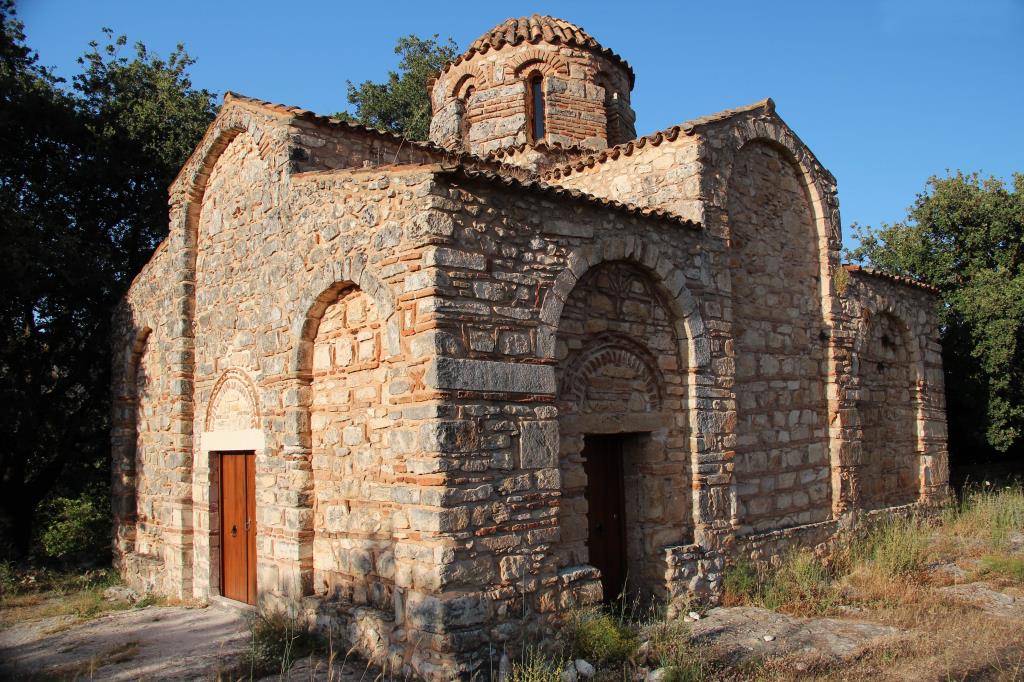KILIARIS RIVER
The Kiliaris river sources from the White Mountains’ peaks of Varsamou, at a height of 1389 metres, and Mavri, at a height of 2069 metres, as well as the main source that is in Stylos. The overall length of the river with its 4 tributaries is 36 km. Two of them dry out during summer and two flow throughout the year. From Stylos to the mouth of the river in Kiani Akti, which is in Kalyves, the main part of the river runs for approximately 5 km.
In ancient times the name of the river was Pyknos, meaning dense, due to the fact that along its banks trees and bushes grew densely. According to the German explorer and linguist, Michael Deffner (1848-1934), the river took its current name from the fact that it could roll rocks as it flowed along. The Greek word kylo means to roll.
The river as a whole is a complete ecosystem. In the surrounding area it is common to spot wild mammals such as martens, weasels, hares and hedgehogs, as well as birds such as partridges, blackbirds, owls, magpies and kestrels. Underwater there are trout, eels, crabs, river snakes and frogs.
In olden times along the river one could come across three watermills in Armeni, Stylos and Kalyves and a horse operated mill in Neo Horio. Around the river there are plenty of farms mainly with olive trees and local produce of fruit and vegetables.
.
CHURCH MONASTERY OF VIRGIN MARY (MONASTIRA)
In the northern part of Stylos lies the monastery church of the Virgin Mary, which was built in the Byzantine era (11th– 12th century AD). The nickname of the church “Monastira” was given because, unlike other churches, it was very big, something that was usually a characteristic of monasteries.
There are a lot of legends that surround this church, with the most popular being the legend of a mason that came from another place bragging that he was the best builder that there was. So after he had nearly finished building the church, without following traditional rituals of the time, he decided to climb on the top of the church dome and announce to everyone that he was the greatest builder. At this point, he slipped and fell to his death. This was considered by the locals as God’s punishment for blasphemy. All his workers were so frightened that they ran away and left the church unfinished for ever.
AGIOS IOANNIS (SAINT JOHN)
The church of Agios Ioannis is situated half way between Stylos and Kalyves, next to the river. It was built in 1898 and was recently renovated. The surrounding area is beautiful, with densely growing old sycamore trees. Due to the densely growing sycamores it is also called Platanakia, which means a lot of sycamores. During the German occupation of the area during the 2nd world war, a lot of the trees were felled but grew again. In older times, when it was the name day celebration of the church (29th August) a grand feast took place. Only recently have locals and visitors re-discovered this beautiful spot and now visit it, mainly at weekends.
AGIOS IOANNIS AND AGIOS NICOLAOS CHURCHES OF STALOS
In the centre of the village of Stalos lie the Byzantine churches of Agios Ioannis and Agios Nicolaos (Saint John and Saint Nicholas). It is a complex of buildings dating from the 13th to the 15th century, as well as some frescoes dating from the same time. It used to belong to the main monastery of the island of Patmos. In the surrounding area of the complex, archaeologists have discovered early Christian burial sites, and in the deeper layers of the ground, findings from the ancient Minoan era (1000 BC) were unearthed. This proves the continuous occupation of the area.
PREHISTORIC FOSSIL
In the courtyard of Agios Ioannis and Agios Nicolaos there is a very important finding. It is a prehistoric fossil (possibly the skeleton of a sea creature) in limestone, which was found nearby.
MONASTERY WATERMILL OF STYLOS
This double chambered Venetian watermill belonged to the main monastery of the island of Patmos as well, and lay in the site called Milli. Venetians considered watermills to be of very high importance, and therefore financed their operation if necessary. This type of mill used to operate from September to March every year. It is built right on the river bank and operated until 1960, grinding wheat.
In 1999, it was uncovered and lightly refurbished by the Municipality of Armeni. It is very impressive and possibly the largest of its kind in the greater Hania area. Next to the mill there was another auxiliary building that served as a mill warehouse. This building is no longer there and only a few scattered pieces of machinery remind us its past existence.


